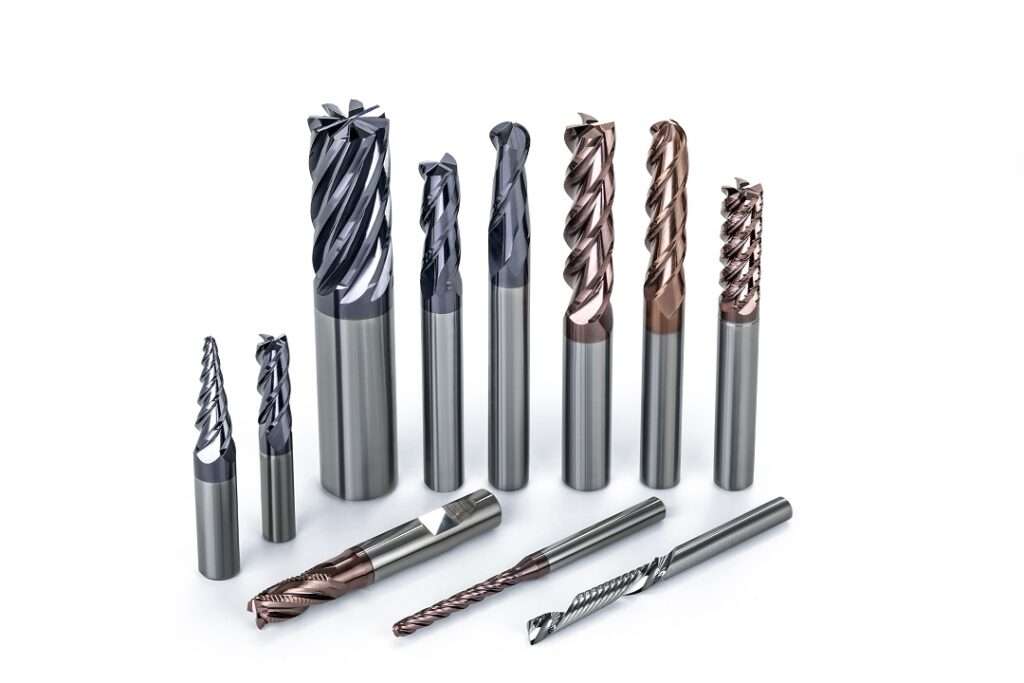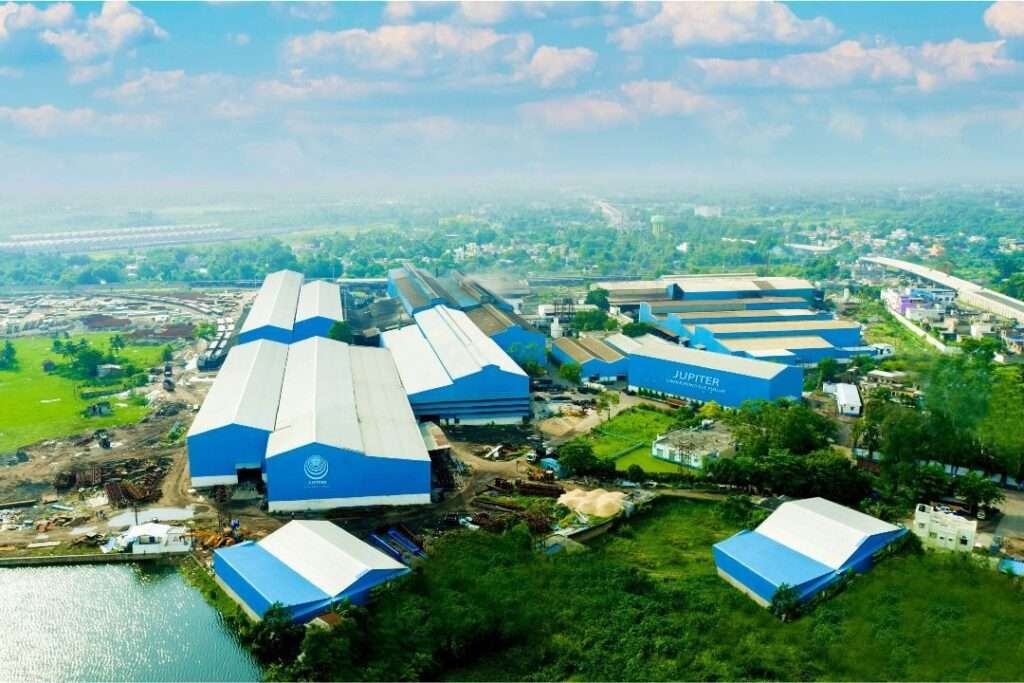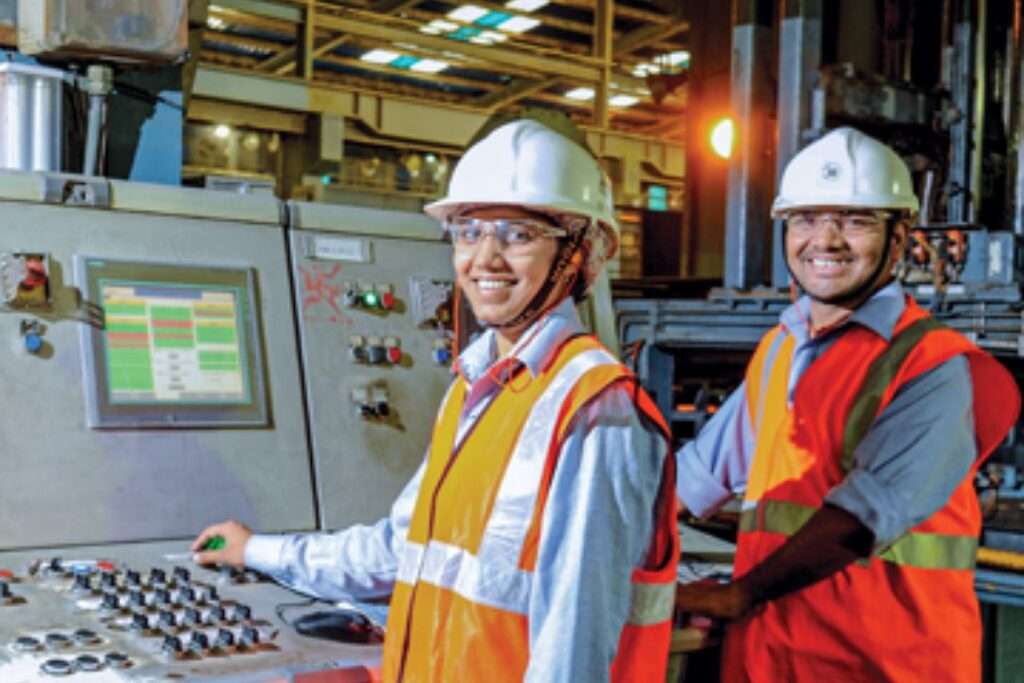On 6th October 2023, a Bollywood movie named Mission Raniganj was released in theatres worldwide. The movie narrates the true account of the 1989 rescue operation carried out in a flooded coal mine in Raniganj in West Bengal. It is an inspiring tale of the perseverance, courage, determination, and innovative thinking amidst a crisis situation. When the movie was being watched on the box office, little did the world know that a similar, albeit worse situation, was going to unfold in another part of India, which would test the might, dedication, patience, and courage of all those involved.
12 November 2023, 5:30 am. A section of the Silkyara Bend–Barkot tunnel in Uttarakhand collapses, trapping 41 workers inside. This tunnel, located along NH-134, is going to be a 4.531 km long bi-directional tunnel with two lanes and aims to give year-round access to Yamunotri, thus boosting the regional socio-economic and cultural development (Source: Cabinet Committee on Economic Affairs (CCEA) Press Release).
The news of the tunnel collapse came as a huge shocker for the people and the agencies alike. Rescue operation was launched immediately, jointly by the government and the agencies, which included National Disaster Response Force (NDRF), State Disaster Response Force (SDRF), Uttarakhand Police, Indian Army Corps of Engineers, and Border Roads Organisation, amongst others. The entire rescue operation went on for as many as 17 days, but despite all odds, all 41 worked were rescued safe and sound. This entire mission is a modern-day miracle—a tale of grit, resolve, and the “nothing-is-impossible” attitude of India.
Singing to the Unsung Heroes
Till up to 15 years ago, whenever such large-scale crises struck India, especially where the lives of people were at stake, the common reaction was to look at foreign countries such as the US, UK, Australia, etc., for technological help. But the Silkyara Tunnel rescue was different, thanks to the Make in India initiative launched by Prime Minister Narendra Modi in 2014—the initiative that not only encouraged India to build super-strong infrastructure, machinery, and technology, but also gave us the confidence to use our indigenous products for both, national development and saving lives.
Did you know that two Indian companies, viz., Squadrone, a Bengaluru-based technology-driven mining services company and Suresh Indu Lasers (SIL), a Pune-based manufacturing company, played a very crucial role in the entire rescue operation? It is extremely encouraging and heartening that Indian companies are now called in by the government and authorities to help out in such operations, rather than looking at foreign help.
Squadrone’s Hi-Tech Drone Deployment
When Squadrone was started in 2018, no one thought that there would come a day when their technology would be used to save lives. On the morning of 21st November 2023, Cyriac Joseph, the Founder and CEO of Squadrone Infra and Mining Pvt. Ltd., received a surprise phone call from Brigadier Vishal Varma and Colonel Deepak Patil of the Indian Army, seeking help in the Silkyara Tunnel rescue operation. “We immediately air-dashed with a team of nine mining, tunnelling, and UAV engineers with our hi-tech drones to the site and set up a remote team in Bengaluru to collate, process, and disseminate vital data to aid the drilling process”, Cyriac Joseph told Machine Maker.

Squadrone’s job on the site was to deploy the drone inside the tunnel and to gather important data about the conditions inside—ground movements, fragility of the terrain, drillable spots, etc. They also had to identify the perfect spot from where vertical drilling could happen in a straight line to reach the workers. “It’s a crisis; it was a race against time—we had to provide timely and reliable data and had no room to make mistakes. It was all about precision and impact”, added Mr. Joseph.
To achieve maximum perfection, they integrated a number of technologies into our drones. Squadrone’s drones were equipped with SLAM-based LiDAR tech for collecting accurate data creating 3D models and maps of the interior of the dark tunnel. They also deployed drones with Ground-penetrating Radar (GPR) to survey and map the subsurface. However, merely collecting data was not enough. The gathered data was being continuously processed and shared every six hours by their backup team in Bangalore that was working round the clock.
“Giving reliable, accurate, and timely data was the key and we effectively managed to achieve that. The collaboration on site between the government, agencies, and private companies was unbelievable. But at the end of it, Squadrone is proud to be part of a mission that saved so many human lives”, said Mr Joseph, filled with emotion.
SIL’s Laser-Perfect Efforts

On November 25, SIL Director, Sanjay Shah, received an urgent call from the Raja Ramanna Center for Advanced Technology (RRCAT) in Indore asking for a laser cutting machine to cut the drilling blades of an Auger machine, which were stuck in the tunnel’s rock face. Responding swiftly, the SIL team arranged for the transportation of a 3 KW laser cutting machine from an exhibition in Chandigarh to the site. Meanwhile, another technical team from SIL’s Pune Head Office, led by Vardhaman Shah, the company’s founder, joined to assist in the rescue operation.
On reaching the site, the SIL team started working alongside the NDRF and other teams on site. They faced the challenge of a narrow 800 mm pipe, which made it difficult to insert the laser cutting machine. “But with ingenuity, we dismantled the machine and creatively reassembled it on a makeshift trolley. This adaptation enabled us to successfully cut the Auger blades within the pipe”, said Mr. Shah.
In addition to their specialised role, the SIL team worked closely with the NDRF and the Indian Army on various critical tasks. These included the delivery of food and medical supplies to assist the trapped workers, highlighting the powerful synergy of technology and compassion in India’s collective response to emergencies.
Banned Mining Tactic Proves Invaluable
When it comes to problem-solving in India and getting sure-shot results, “Jugaad” is the word of the day. Even after the collection of so much scientific data and usage of so many state-of-the-machinery, getting the men in to rescue the trapped workers was a huge challenge. The drilling was done, but the drill hole was so narrow that it was practically impossible for a normal-sized human to fit in and crawl through. When nothing conventional seemed to work, the Indian minds on the site put on the “jugaadu” cloak.
There is a very old, medieval mining technique in India in which the miners crawl into the ground through narrowly dug pits with the help of bamboo ladders or ropes, one man at a time. These pits are so narrow that they are known as “rat holes”, and the mining technique as “rat-hole mining”. In 2014, the National Green Tribunal (NGT) banned rat-hole mining for being dangerous and unscientific. However, when push came to shove at Silkyara rescue site, it was these rat-hole miners who saved the day.
A team of rat-hole miners was called to the site to help out. These traditional miners was apparently so expert in the medieval technique that they managed to reach where the machines couldn’t and thus, played a pivotal role in the entire operation. As they finally reached, one by one, at the spot where the trapped workers were waiting to be rescued, there was a tremendous flow of emotions and gratitude among the latter. This account not just shows how ancient Indian techniques may be helpful even today, but strengthens the fact that when it comes to saving lives, nothing is off limits for us Indians.
Echoes of Valour and Spirit from the Depths of the Tunnel
After the successful rescue operation, Nitin Gadkari, Minister of Road Transport and Highways of India posted on his X handle, “I am completely relieved and happy as 41 trapped labourers in the Silkyara Tunnel Collapse have been successfully rescued. This was a well-coordinated effort by multiple agencies, marking one of the most significant rescue operations in recent years.”
The Silkyara Tunnel Rescue Operation stands as a powerful symbol of India’s emerging self-reliance and technological growth, a narrative strongly aligned with the ethos of the “Make in India” initiative. This entire episode isn’t just about the successful rescue of 41 individuals; it represents a crucial moment for India, showing that we, as a nation, have become capable enough to harness our own technological and innovative capabilities in times of critical need.
The prominent roles played by Indian companies such as Squadrone and SIL in this operation strongly reflect the dynamic transformation of India’s industrial scene. It marks the country’s shift from being a follower to becoming a frontrunner in the fields of crisis management and technological innovation.
Beyond the marvels of technology and innovation, this rescue operation echoes the core values of Indian culture—unity, collaboration, and determination. It is a demonstration of diverse entities, both governmental and private, coming together, breaking down silos, and working as a cohesive unit towards a common goal. This unity in action illustrates the deep-rooted spirit of ‘collective effort’ that is intrinsic to the Indian ethos. As India strides forward in its growth journey, this operation not only marks a major milestone in its technological and industrial achievements, but also stands as a symbol of national pride. It’s a reminder of the potential that lies within a united India, ready to chart its own course, driven by innovation, and guided by a strong sense of community.








